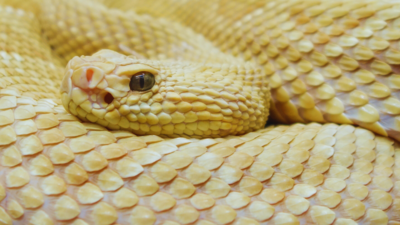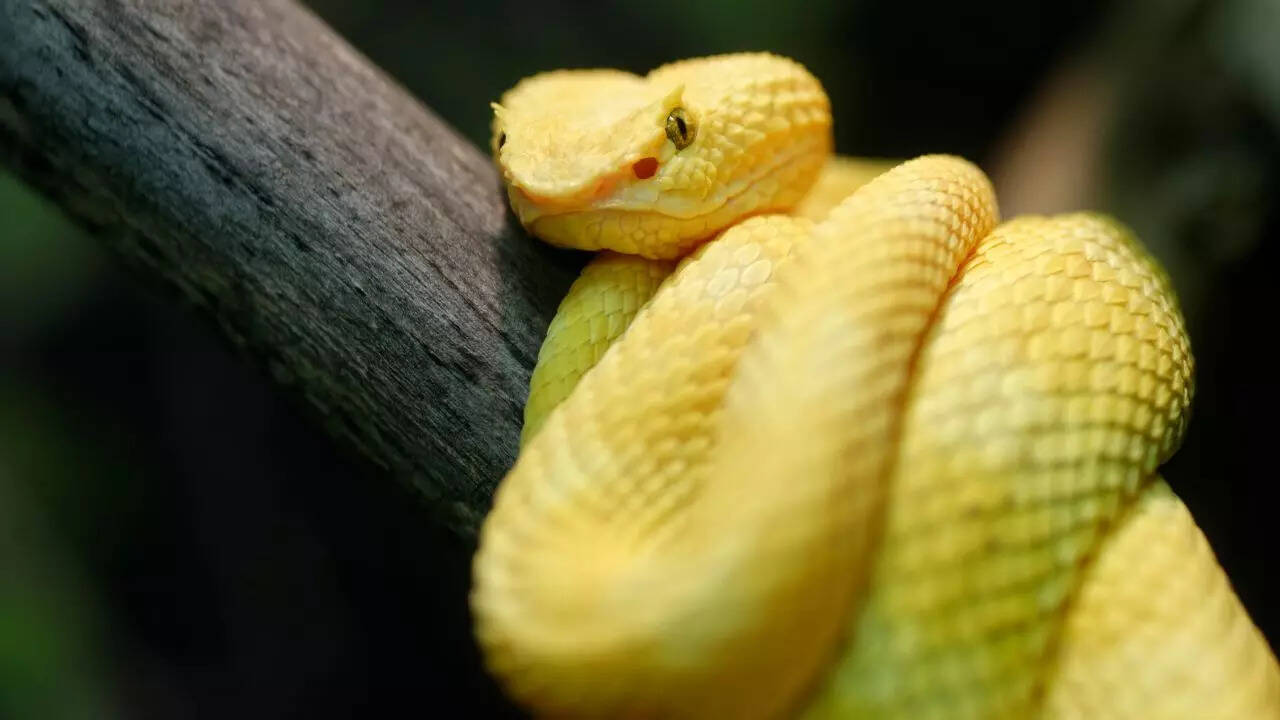ARTICLE AD BOX

Snake Island, the name itself won’t encourage many to visit. Or can you even think of visiting a place that is home to an estimated 2,000 to 4,000 golden lancehead vipers? There is no wrong answer to this, but it’s one of the most snake-infested places on the planet, and so also a deadliest place on Earth.
The snakes here are highly venomous, with a bite capable of causing death within an hour due to rapid internal bleeding, stroke, and tissue decay. Reports add that their venom is five times more potent than that of mainland relatives, a result of evolutionary pressures after the island became isolated around 11,000 years ago.So, you must have guessed the answer by now. But, no, humans do not live on Snake Island, or in other words, they can’t live on this deadly island.
Officially known as Ilha da Queimada Grande, and located approximately 33 km off the coast of São Paulo, Brazil, the island remains uninhabited due to the extreme danger posed by its dense population of venomous snakes, particularly the golden lancehead pit viper (Bothrops insularis), which is found nowhere else on Earth.
Human presence and access restrictions

(Image: Canva)
The Brazilian Government has strictly prohibited public access to Snake Island to protect both human life and the endangered snake species.
Only authorised researchers and Brazilian Navy personnel are permitted to visit, and even then, only under stringent safety protocols .Despite its lethal reputation, Snake Island holds significant ecological value. The golden lancehead vipers play a crucial role in the island's ecosystem by preying on migratory birds, which are their primary food source. However, the snake population faces threats from habitat degradation and declining bird populations due to deforestation along the Brazilian mainland .
Conservation efforts are ongoing to protect both the snakes and their habitat, though access remains limited to ensure safety and ecological integrity.In short, Snake Island is uninhabited by humans due to the extreme danger posed by its venomous snake population. Access is heavily restricted to protect both human life and the unique ecosystem of the island. While the island remains one of the most dangerous places on Earth, it also serves as a critical habitat for a species found nowhere else, highlighting the complex balance between human safety and wildlife conservation.



.png)
.png)
.png)
















 1 hour ago
3
1 hour ago
3









 English (US) ·
English (US) ·